Complementarity relation of wave-particle duality is analyzed quantitatively with entangled photons as path detectors.
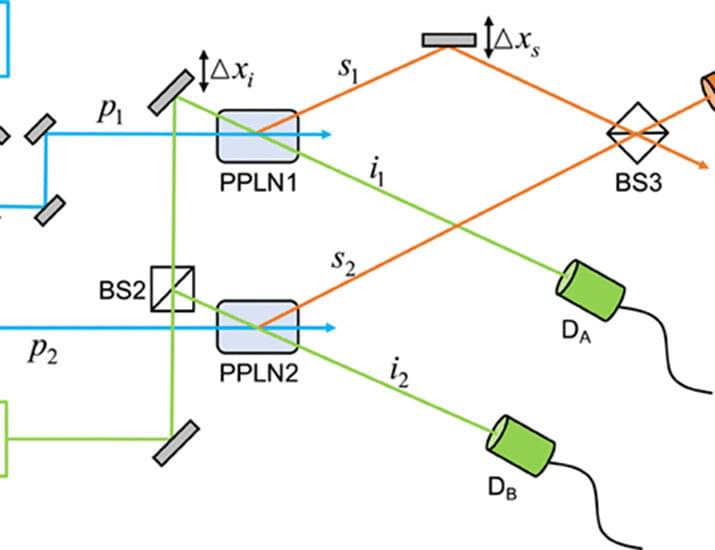

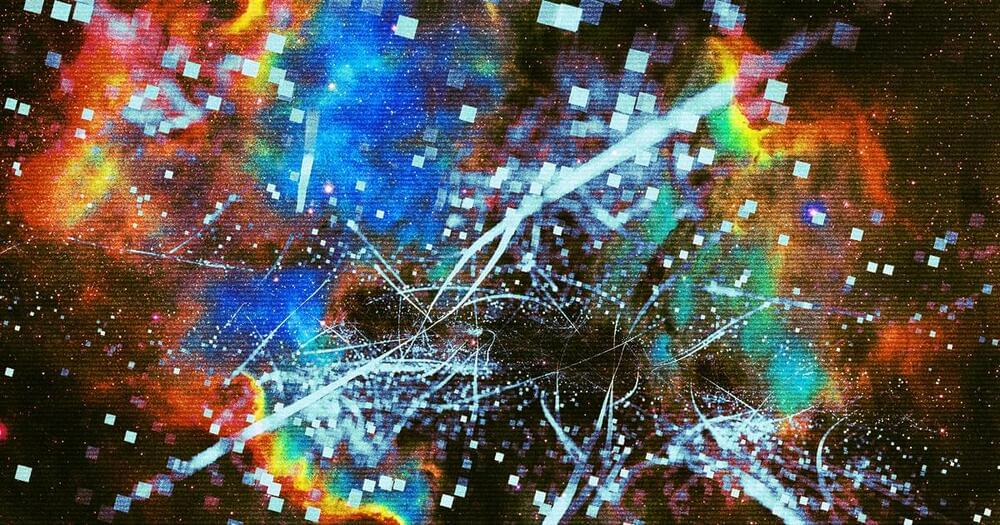
No Man’s Sky
Researchers have created what they say is the largest computer simulation of the universe, and have made the data available for anyone to download for free.
An international team associated with the Center for Computational Astrophysics created the virtual universe using ATERUI II, the world’s most powerful astronomical supercomputer, according to a press release by the organization. Dubbed Uchuu (the Japanese word for “outer space”), the simulation contains a staggering 2.1 trillion particles spanning 9.6 billion virtual light-years. That’s big. Real big.
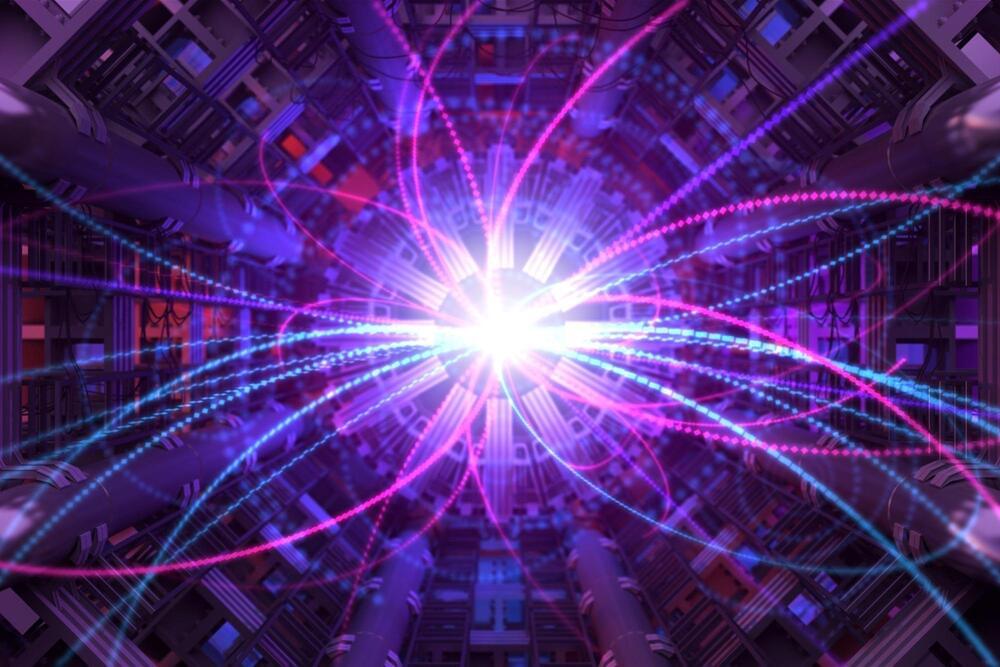
Using a groundbreaking new technique at the National Institute of Standards and Technology (NIST), an international collaboration led by NIST researchers has revealed previously unrecognized properties of technologically crucial silicon crystals and uncovered new information about an important subatomic particle and a long-theorized fifth force of nature.
By aiming subatomic particles known as neutrons at silicon crystals and monitoring the outcome with exquisite sensitivity, the NIST scientists were able to obtain three extraordinary results: the first measurement of a key neutron property in 20 years using a unique method; the highest-precision measurements of the effects of heat-related vibrations in a silicon crystal; and limits on the strength of a possible “fifth force” beyond standard physics theories.
The researchers report their findings in the journal Science.

One of the many areas graphene promises to have transformative effects is in fortifying construction materials like concrete and asphalt. A first-of-a-kind trial now underway seeks to apply the wonder material’s impressive attributes to one of the UK’s major thoroughfares, by deploying it in a road resurfacing project along a stretch of the A1 motorway.
Made up of a single sheet of carbon atoms arranged in a honeycomb pattern, graphene offers incredible strength and flexibility, and by incorporating it into materials like asphalt scientists hope to develop road surfaces that last far longer, and therefore cost less to maintain.
Back in 2017 we looked at an interesting take on this from a pair of Italian companies that developed an asphalt material doped with a graphene additive to make it less likely to soften in the heat and crack in the cold under high loads. This product, known as Gipave, also incorporates plastic pellets and was recently rolled out along stretches of UK roads as part of trials to see how it can extend the lifespan of the surface.
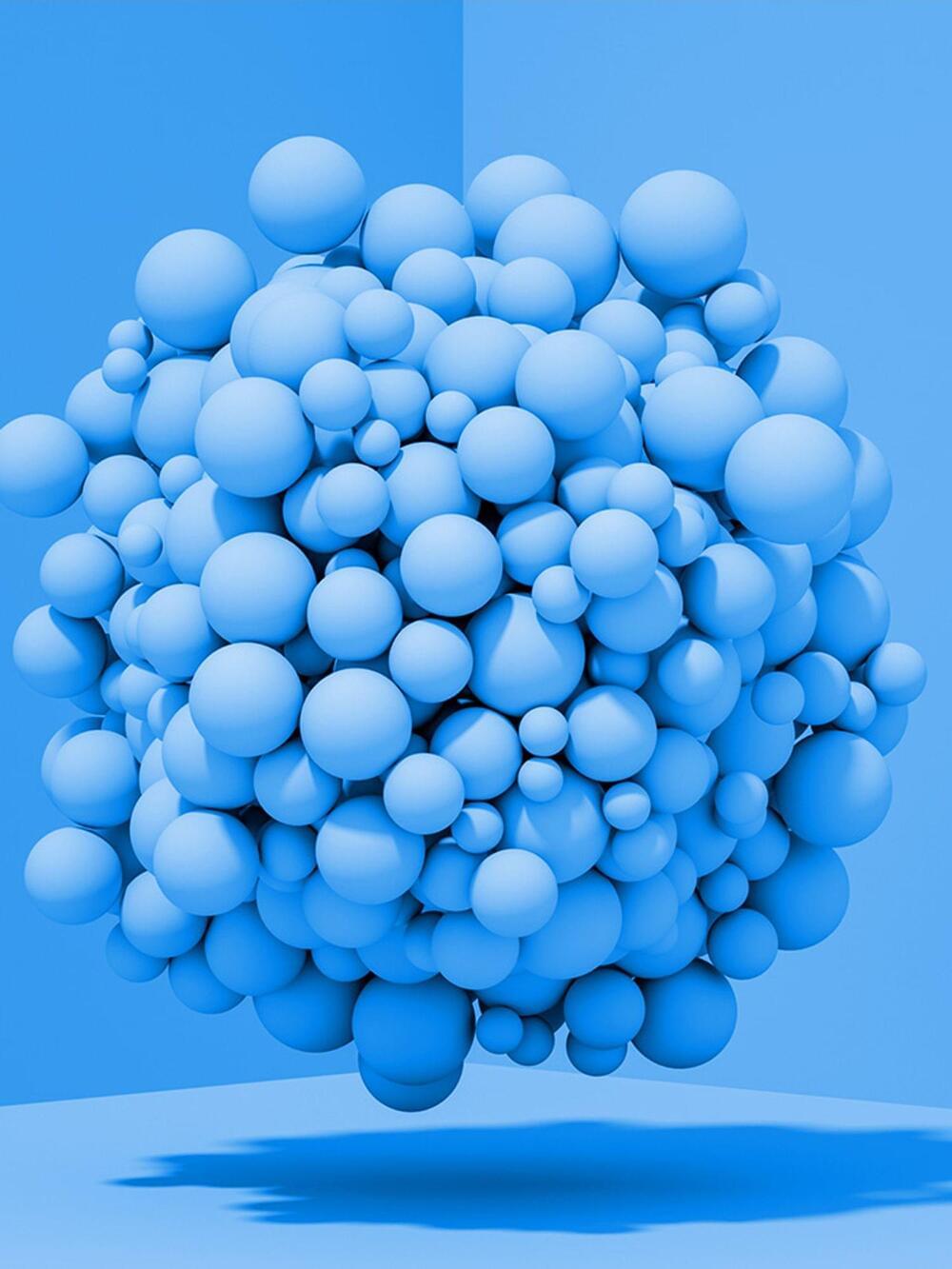
Forget about online games that promise you a “whole world” to explore. An international team of researchers has generated an entire virtual universe, and made it freely available on the cloud to everyone.
Uchuu (meaning “outer space” in Japanese) is the largest and most realistic simulation of the universe to date. The Uchuu simulation consists of 2.1 trillion particles in a computational cube an unprecedented 9.63 billion light-years to a side. For comparison, that’s about three-quarters the distance between Earth and the most distant observed galaxies. Uchuu reveals the evolution of the universe on a level of both size and detail inconceivable until now.
Uchuu focuses on the large-scale structure of the universe: mysterious halos of dark matter that control not only the formation of galaxies, but also the fate of the entire universe itself. The scale of these structures ranges from the largest galaxy clusters down to the smallest galaxies. Individual stars and planets aren’t resolved, so don’t expect to find any alien civilizations in Uchuu. But one way that Uchuu wins big in comparison to other virtual worlds is the time domain; Uchuu simulates the evolution of matter over almost the entire 13.8 billion year history of the universe from the Big Bang to the present. That is over 30 times longer than the time since animal life first crawled out of the seas on Earth.
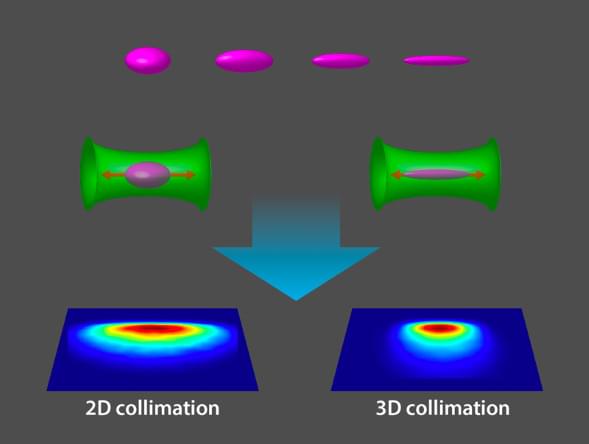
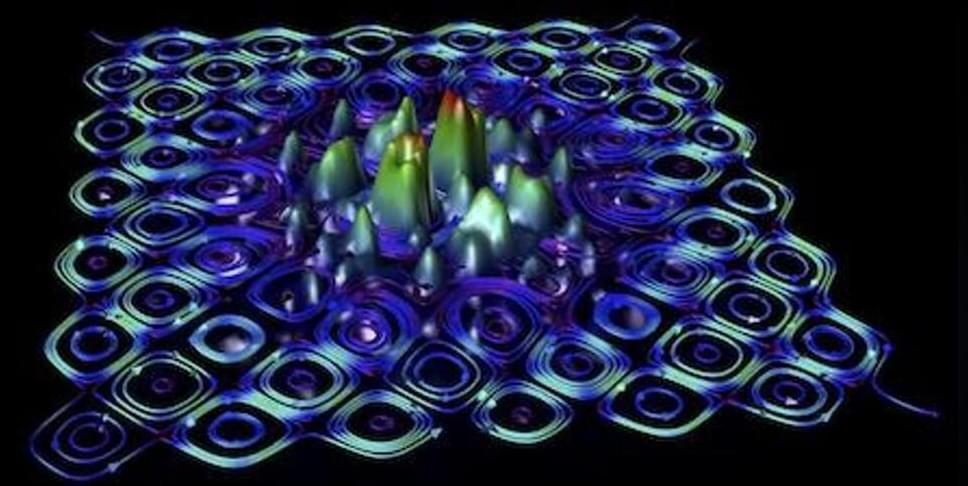
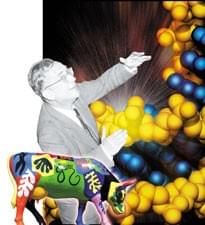
Circa 2000
A 1940 paper by Gamow and Mario Schoenberg was the first in a subject we now call particle astrophysics. The two authors presciently speculated that neutrinos could play a role in the cooling of massive collapsing stars. They named the neutrino reaction the Urca process, after a well known Rio de Janeiro casino. This name might seem a strange choice, but not to Gamow, a legendary prankster who once submitted a paper to Nature in which he suggested that the Coriolis force might account for his observation that cows chewed clockwise in the Northern Hemisphere and counterclockwise in the Southern Hemisphere.
In the 1940s Gamow began to attack, with his colleague Ralph Alpher, the problem of the origin of the chemical elements. Their first paper on the subject appeared in a 1948 issue of the Physical Review. At the last minute Gamow, liking the sound of ‘alpha, beta, gamma’, added his old friend Hans Bethe as middle author in absentia (Bethe went along with the joke, but the editors did not). Gamow and Alpher, with Robert Herman, then pursued the idea of an extremely hot neutron-dominated environment. They envisioned the neutrons decaying into protons, electrons and anti-neutrinos and, when the universe had cooled sufficiently, the neutrons and protons assembling heavier nuclei. They even estimated the photon background that would be necessary to account for nuclear abundances, suggesting a residual five-degree background radiation.
We now realize that their scheme was incorrect. The Universe began with roughly equal numbers of protons and neutrons. Collisions with electrons, positrons, neutrinos and anti-neutrinos are more important than neutron decay, and the absence of stable nuclei with atomic numbers of five and eight creates a barrier to further fabrication in the early Universe. Nevertheless Alpher, Gamow and Herman’s work was the first serious attempt to discuss the observable consequences of a big bang and the basic framework was correct. Ironically, the term ‘Big Bang’ was coined by Fred Hoyle, an advocate of a steady-state model of the universe, to make fun of Gamow’s efforts.
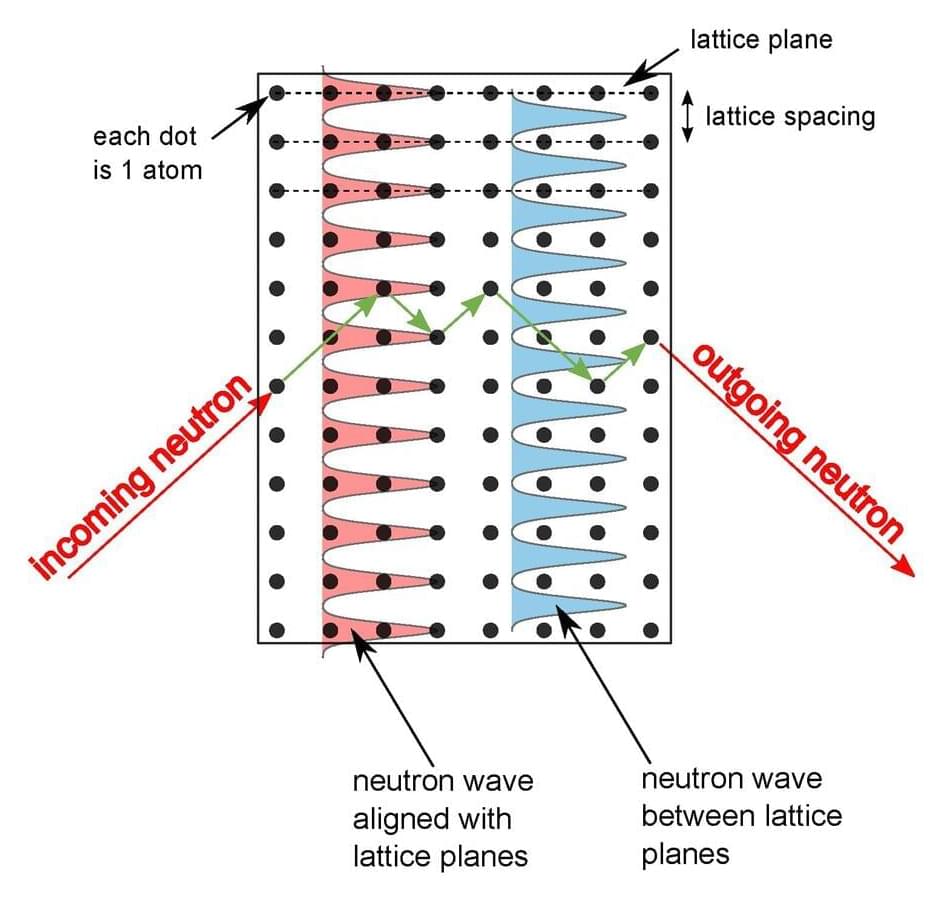
Using a groundbreaking new technique at the National Institute of Standards and Technology (NIST), an international collaboration led by NIST researchers has revealed previously unrecognized properties of technologically crucial silicon crystals and uncovered new information about an important subatomic particle and a long-theorized fifth force of nature.
By aiming subatomic particles known as neutrons at silicon crystals and monitoring the outcome with exquisite sensitivity, the NIST scientists were able to obtain three extraordinary results: the first measurement of a key neutron property in 20 years using a unique method; the highest-precision measurements of the effects of heat-related vibrations in a silicon crystal; and limits on the strength of a possible “fifth force” beyond standard physics theories.
The researchers report their findings in the journal Science.